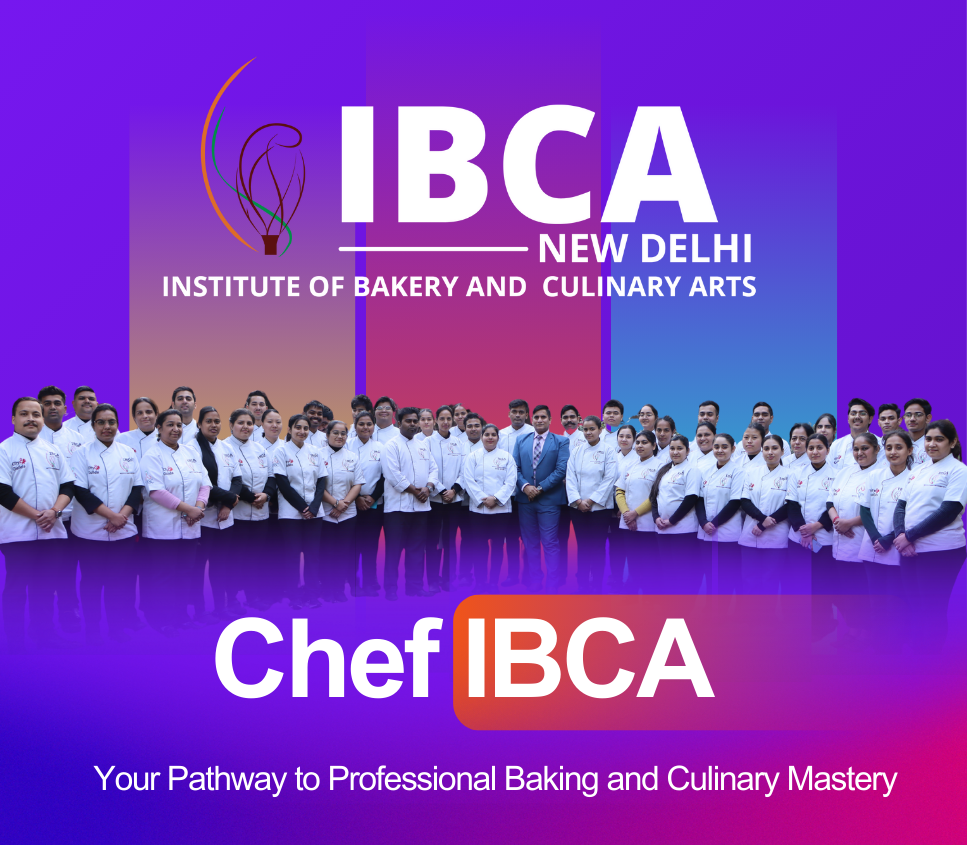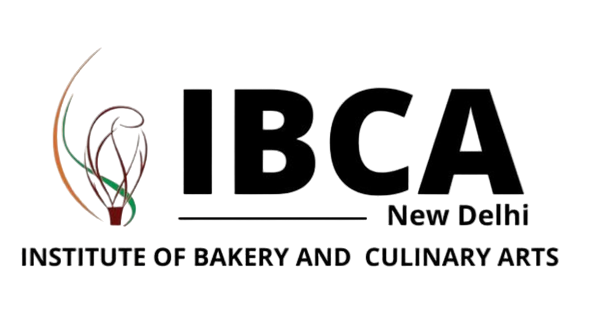Do you want to start a Bakery from Home because you love baking? Making a cake for a friend or relative is one thing, whereas opening a bakery business needs thoughtful planning and preparation. Numerous elements come into play, including financial and other costs, licensing, registration, employing a group of experts, and general administration.
Over the past ten years, the baking institutes in India have changed. These days, bakeries provide a wide variety of sweets in addition to cakes and pastries. In India, the home baking industry is regarded as one of the highest-paying and most successful industries nowadays. A lot of people who have a strong passion for baking have found success in their home-based businesses. A home-based business, like any other, needs full-time attention and focus for growth and better revenue.
Is Starting a Bakery Business Right for You?
Starting a bakery takes a combination of culinary skills, business savvy, and a sincere passion for baking delicious cookies, cakes, cupcakes, and many more items. Evaluate your baking ability and your capacity to handle the complexities of managing a baking business. Passion by itself might not be enough; it’s important to comprehend consumer preferences, market trends, and fundamental financial concepts. After you have decided that starting a bakery is a good fit for your goals and strengths, it’s time to learn how to do it with the assistance of the best bakery institute in India, from the comfort of your home.
Also, Read Career Advantages of Professional Baking Certificate
How to Start a Bakery from Home
Here are some of the points to consider before starting a home bakery:

1. Planning Your Home Bakery Business : Bakery from Home
It doesn’t take much planning to launch a small-scale home-based bakery. But having a business plan is essential from a business perspective. This promotes improved marketing and administrative efficiency for expanding businesses. Choosing the recipes, testing them, putting up an online ordering website, marketing, and promoting the business are all part of the planning process.
Make sure you complete the required licensing and registration before launching the firm. This even gets an exemption and aids in the GST computation. GST exemption is contingent upon a minimum yearly revenue of Rs 20 lakh. An important part of the bakery business’s branding is its name and logo. The company’s name and emblem serve as its public face.
2. Legal and Regulatory Compliance
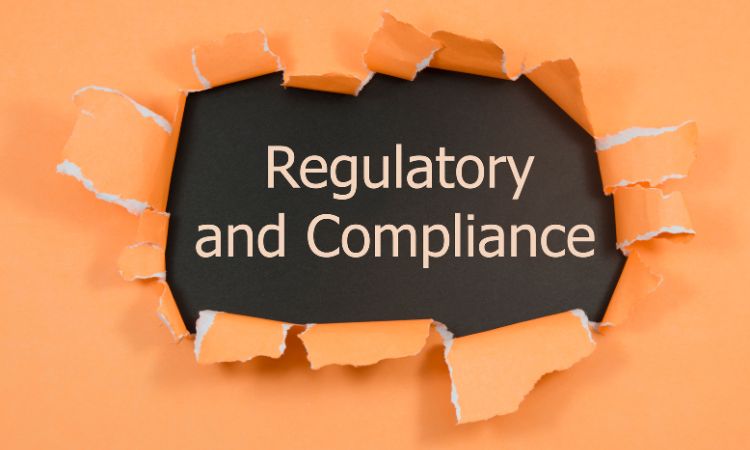
Before you put on your apron, there are additional legal requirements to think about when starting a home baking business. Operating a home bakery may necessitate possessing a business license in certain states. Depending on your state, you might also require a food manager license from the health agency.
3. Sourcing Ingredients and Suppliers
You can acquire everything you need to carry out your offerings after you know what you’re going to bake. Make sure you have everything ready to go, including piping bags, tips, cupcake wrappers, cake tins, and various cake or muffin tins. You should also have a place to put it all.
4. Setting Up Your Kitchen
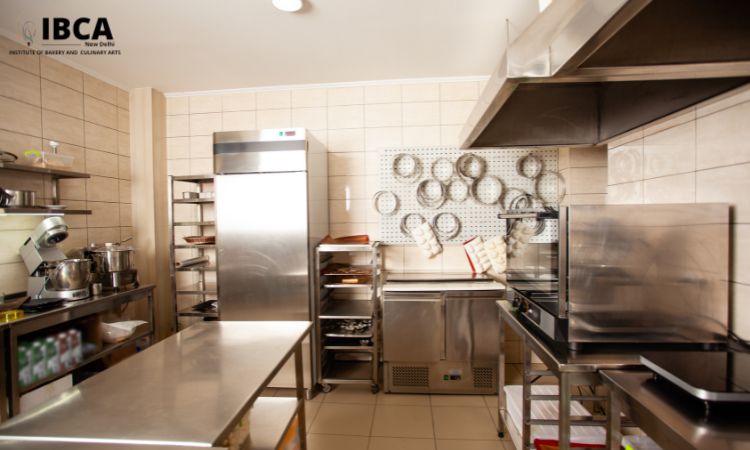
Remember that some states have cottage food regulations that require keeping your bakery equipment separate from your kitchen equipment. To account for the cost of your goods when you price your menu and file your taxes, ensure to keep track of their total cost.
5. Developing Your Bakery Menu
Maintaining a menu that is diverse and has a range of things is crucial. Improved abilities and methods lead to a better proliferation of home-based baking businesses.
Start with the basics, in which you are always proficient and have firsthand experience. By attending workshops or lessons, you can gradually improve your skills and incorporate more recipes, tastier cakes, and a wider variety of bakery products. A well-designed menu makes it easy for clients to browse through several selections and place their orders.
6. Marketing and Promotion
The next crucial stage in the bakery business plan is marketing and promotion once the recipes, supplies, and equipment are selected. There are numerous approaches to market and promote the company. Improved revenue and sales are facilitated by the company’s online presence. The initial step is to arrive with baked products prepared for sale. However, you can get folks enthusiastic about discovering your booth at the neighborhood farmers market with a little marketing and advertising.
You can publish pictures and videos of your gorgeously iced cakes and pastries on a visual social networking site like Instagram. You may advertise a weekly deal to entice customers to visit your stand every week! You might even use a unique freebie to encourage customers to interact with your brand. Another venue where potential clients may see your behind-the-scenes operations is TikTok, albeit making visually appealing baking films could require a little more expertise. Remember to account for the time you devote to advertising and promotion, as well as the costs of any digital tool you pay for, into your COGS. You can also encourage your customers with a “buy 9 and get one free offer”.
7.Setting Prices for a Bakery from Home
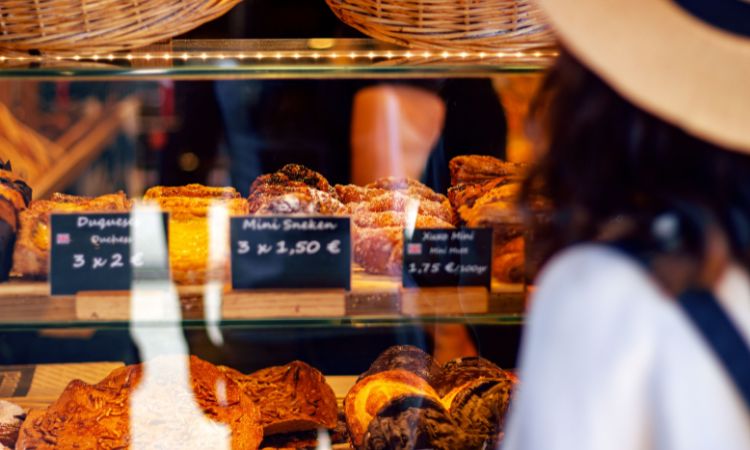
Setting prices requires much more than just looking at what your rivals charge and setting your price for your baked goods. With any money left over for profit, your baked goods may be able to pay for your labor, ingredients, and other overhead such as business licenses and farmers market fees. However, how are you going to calculate all those numbers? Therefore, do consider the following points while setting the prices of the baked items:
- Calculate the total food cost.
- Calculate your labor cost
- Calculate the overhead costs.
- Assessing the cost of goods sold means assessing the total cost of producing all the items you plan to sell.
Conclusion
Many people have become entrepreneurs and secured a reliable monthly income by starting a home-based bakery business. Numerous tiny home-based bakeries have experienced rapid growth and expansion into larger commercial spaces. Establishing a home-based baking business involves careful planning, money management, aggressive, astute marketing, and ongoing skill development.
These above pointers will assist you in comprehending and determining how to open a bakery; therefore, consider all of it before starting a home bakery. With years of experience, Chef IBCA, referred to as the Institute of Bakery and Culinary Arts, the provider of Professional Bakery Courses in India, was only recently founded with the exclusive objective of providing aspirants who want to pursue careers in baking and culinary arts with the best possible instruction.
Frequently Asked Questions (FAQs):
How much does it cost to start a home bakery?
Starting a home bakery can come with a wide range of costs depending on location, equipment, and size. Kitchen equipment, marketing and licensing, ingredient costs, and permits are examples of essential charges. A small to medium-sized home bakery may need to start with an initial expenditure of around $2000 to $10000 on average. This initial outlet is just excessive because new, and long-lasting bakery equipment has to be purchased.
What equipment do I need to start a home bakery?
Mixing bowls, measuring spoons, ovens, and butter paper, are some of the examples of basic equipment. Efficiency can be increased by using specialized equipment such as a stand mixer, fine bakeware, and a proofing chamber. A professional presentation may also require display items and packaging supplies.
How do I price my baked goods?
Determine your pricing by factoring in ingredient costs, labor, overhead, and desired profit margin. Research local competitors and market demand to set competitive prices. Don’t forget to count for hidden costs like utilities and packaging when establishing your pricing strategy.
Do I need insurance for my home bakery business?
Yes, it’s advisable to have insurance for your home bakery. Home-based business insurance can cover liabilities such as customer injuries, property damage, or product-related issues. Check with local insurance providers to find a policy that suits your specific business needs.
What are the challenges of running a home bakery?
Zoning laws, managing varying demands, maintaining health and safety requirements, and striking a balance between work and personal life are a few potential obstacles. It can be difficult to stand out in a crowded market while navigating competition and good marketing.
Can I sell my baked goods online?
Obviously, yes, you can easily sell the baked items online. Build a user-friendly website or make use of already existing internet resources. Make sure local health laws are followed and think about shipping logistics. Create a powerful online presence by using marketing and social media to reach a wider audience.
How do I manage inventory for my home bakery?
Maintain an orderly storage system, keep an eye on expiration dates, and keep track of ingredient quantities and qualities. To reduce waste, use the first-in, first-out (FIFO) method. Make sure you have adequate supplies to fulfill the customer demands by updating inventory levels regularly.
What are the most popular baked goods for home bakeries?
Popular items often include cupcakes, cookies, cakes, and bread. Consider offering a variety of flavors and catering to dietary preferences like gluten-free or vegan options. Stay informed about current baking trends and listen to customer feedback to adapt and expand your product qualities and offerings.



